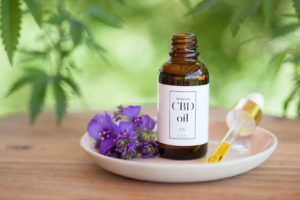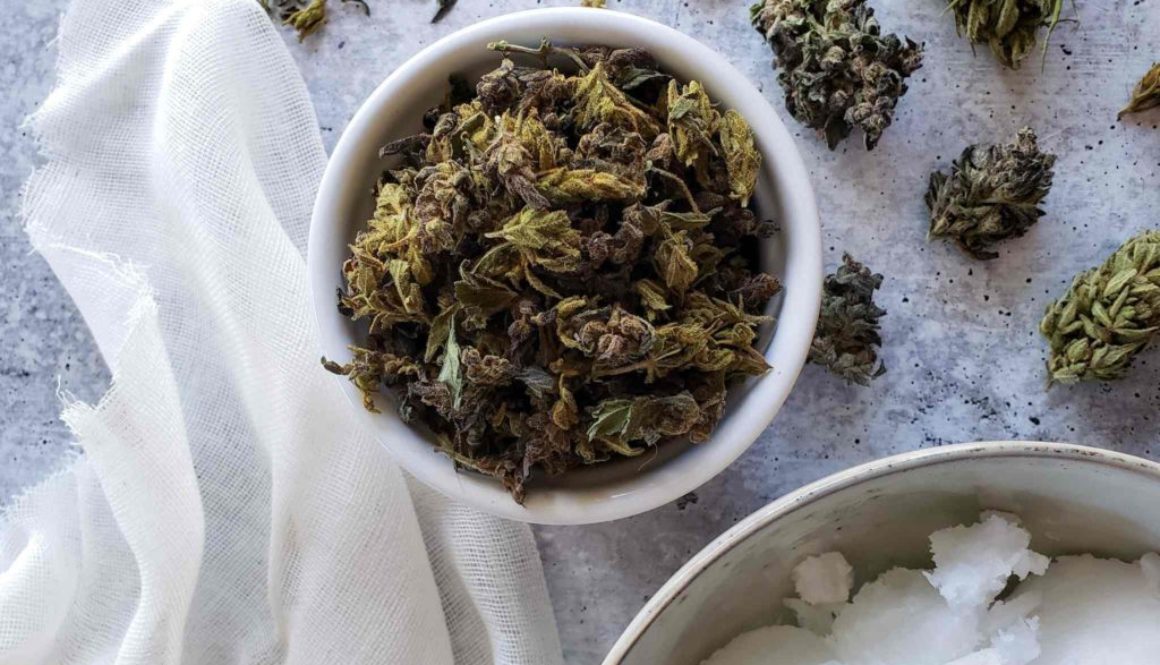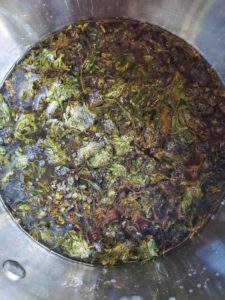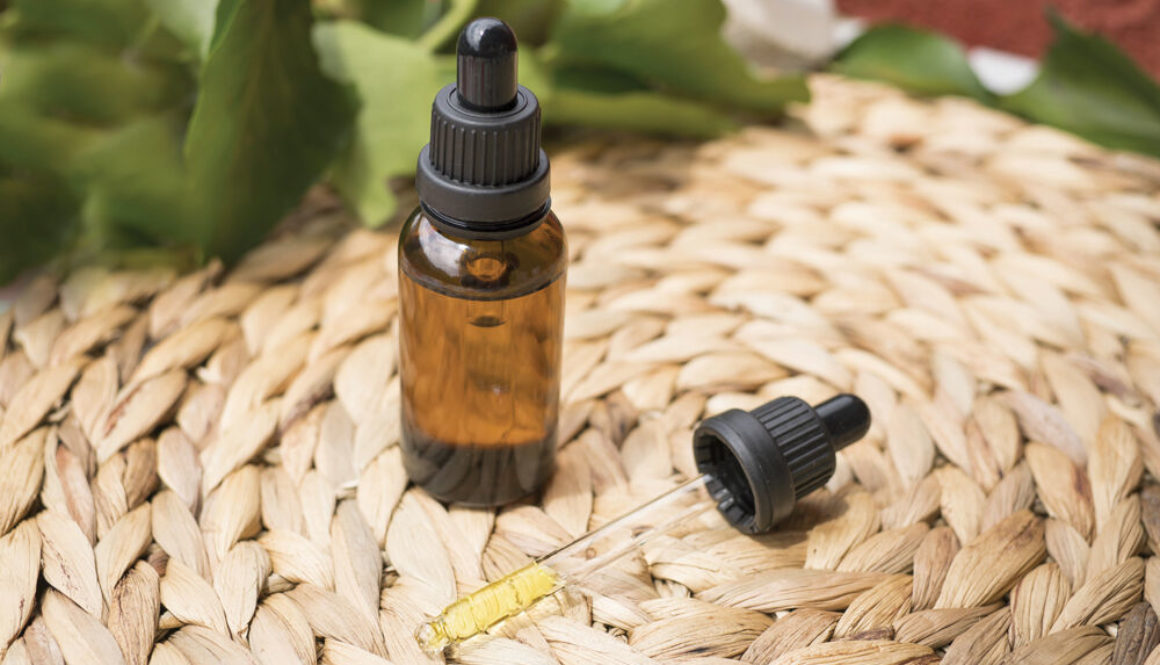What Are CBD Terpenes? What to Know About These Healthy Plant Compounds
By Anne Harding – November 18, 2020
What are terpenes?
If you’ve never heard of terpenes, you’d be surprised to know they’re everywhere in your daily life. Think of the enticing aroma of flowers from your garden, the smell of fresh fruits in your kitchen, or your body fragrance of choice. (Here’s how to sharpen your sense of smell and taste.)
Terpenes, “terps” for short, are pungent compounds that plants produce to repel pests and attract pollinators. They’re responsible for the uplifting scent of citrus from fruits and the soothing aroma of lavender. Terpenes are also antioxidants and have anti-inflammatory properties.
One of the richest sources of terpenes in the plant kingdom: Cannabis sativa, the plant that includes both marijuana and its related cousin, hemp. (They are different varieties of the same plant.)
Every chemovar—the botanically correct term for a cannabis “strain”—has a different terpene profile, which influences its effects, says Bonni Goldstein, MD, medical director and owner of Cannacenters, a medical practice in Los Angeles, and author of Cannabis is Medicine: How Medical Cannabis and CBD are Healing Everything from Anxiety to Chronic Pain.
The response to terpenes varies from person to person.
Knowing the terpene profile of a CBD oil or a CBD edible lets you know what effects to expect, and can also help you narrow down what works for you, Dr. Goldstein says.
Here’s what you need to know about CBD terpenes, whether they can get you high, and their overall effect on health.
Terpenes in CBD oil
There’s a difference between terpenes and terpenoids. Terpenes are the natural compounds in the flower or bud of the cannabis plant. Terpenoids, meanwhile, are terpenes that have been chemically altered. The process of drying and curing a cannabis flower leads to the formation of terpenoids.
CBD oil that is full- or broad-spectrum—meaning it contains other components of the cannabis plant besides CBD—will contain terpenoids. CBD isolate doesn’t, but some product makers will add terpenes back in to allegedly enhance the effects of CBD. (More on this later.)
“It’s better to get oils that are less processed because that means it’s closer to the original that’s in the plant,” says Martin A. Lee, the founder and director of Project CBD and author of Smoke Signals: A Social History of Marijuana–Medical, Recreational, and Scientific.

© Caitlin Riley/Getty Images
The effects of terpenes
Terpenes don’t produce the “high” associated with delta-9 tetrahydrocannabinol (THC), although some have sedative, anxiety-reducing properties. Here are the main terpenes found in CBD oil. (Also, find out whether CBD gets you high.)
Myrcene: This type of terpene is named after a Brazilian shrub, Myrcia sphaerocarpa, that’s used in traditional medicine to treat diarrhea, high blood pressure, and even diabetes. Myrcene has a sedative effect. It’s found in most cannabis chemovars, as well as hops, mangoes, lemongrass, and basil.
Beta-caryophyllene: The unique scent of black pepper comes from this terpene, which is also present in most cannabis plant varieties. It was recently shown to interact in the body with cannabinoid receptor 2 (CB2), suggesting it can reduce pain and inflammation. A study, published in an October 2020 issue of Neuropsychopharmacology, found that beta-caryophyllene reduced addictive behavior in mice.
Alpha-humulene: Most cannabis chemovars contain this earthy, fruity-smelling terpene, which is also found in hops, sage, and ginseng. Alpha-humulene has anti-inflammatory effects. There’s some evidence it may help suppress appetite.
Limonene: Found in citrus rinds, limonene is used to add a lemony aroma to many products including foods, perfumes, and household cleaning products. It’s also an effective pesticide and solvent. A study, published in April 2020 in Advances in Experimental Medicine and Biology, suggests that limonene also has anti-anxiety effects.
Linalool: This terpene is responsible for the scent of lavender, and is also found in spices like cinnamon and coriander. It has sedative and relaxing properties and is an anticonvulsant, meaning it may help to prevent seizures.
Pinene: This type of terpene is found in pine needles and a number of citrus fruits. Pinene is popular in traditional Chinese medicine as an anti-cancer agent that suppresses cancer cells, according to a study published in 2019 in Biomolecules. It’s also believed to possess anti-inflammatory properties.
Understanding terpenes and the “entourage effect”
CBD products with these types of terpenes are believed to help create what’s known as the “entourage effect.”
This theory holds that substances in cannabis, like CBD and THC, have synergistic effects that make the overall CBD product more effective.
For example, cannabinoids and terpenoids may work together to provide pain relief, reduce inflammation, and alleviate mental health issues like anxiety, and even bacterial infections, according to Project CBD.
However, more research needs to be done to understand how exactly the entourage effect works.
What to look for before you buy
To find out about terpenes in CBD oil, make sure the product has been tested by a third-party lab and has a valid certificate of analysis, or COA. That will give you a better chance of knowing whether it contains terpenes, and if so which ones.
The COA will include a phytocannabinoid profile listing levels of CBD, THC, and other cannabinoids, as well as terpenes.
Read the full article via: The Healthy






